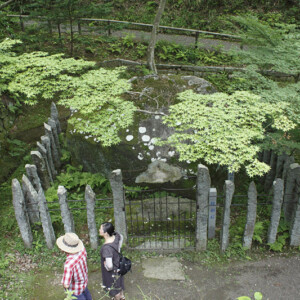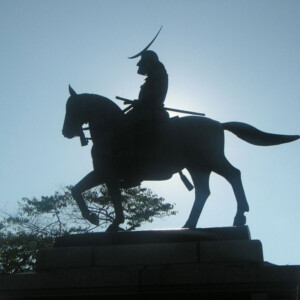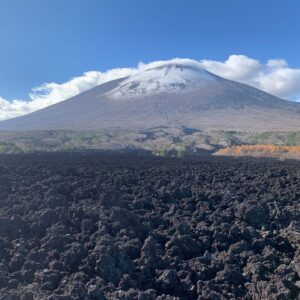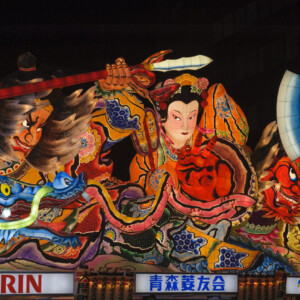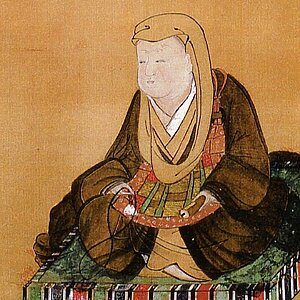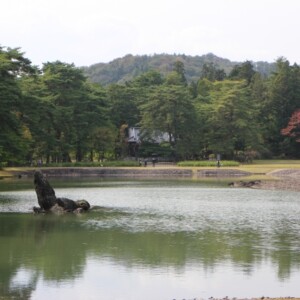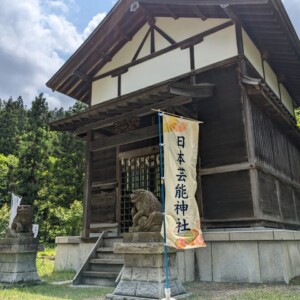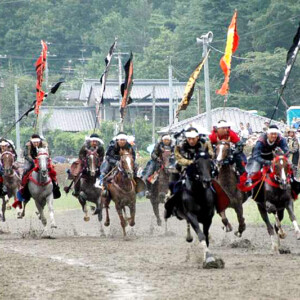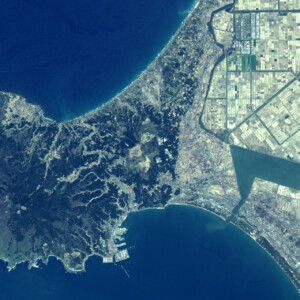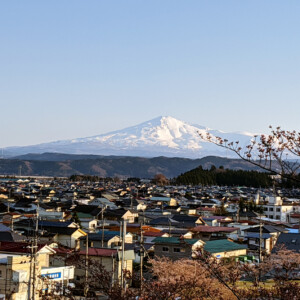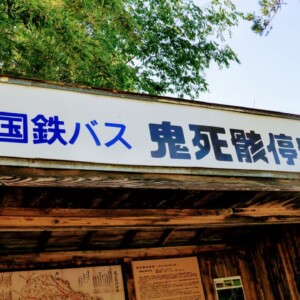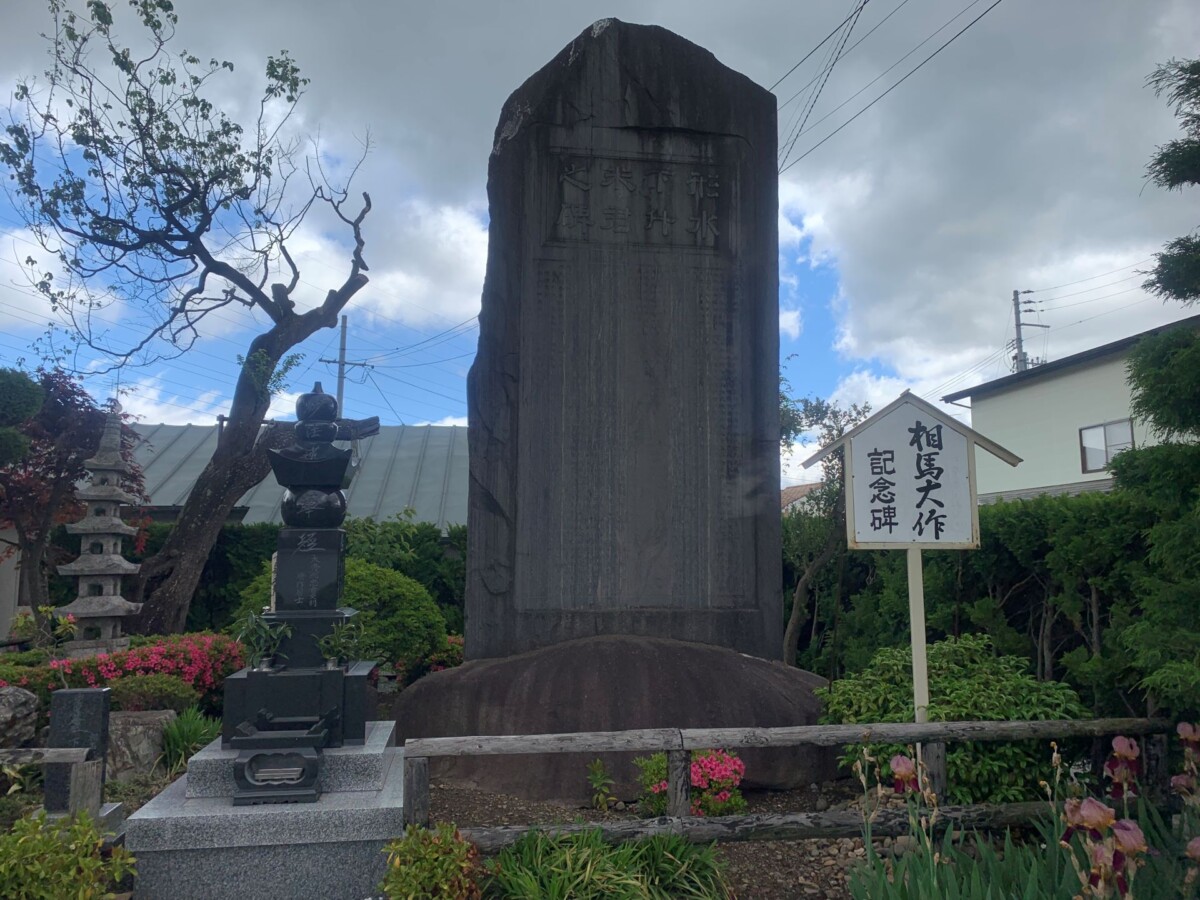
What is the Soma Daisaku incident? Attempted attack on the Tsugaru Domain lord of a Nanbu Domain samurai, who is considered to be Michinoku Chushingura [Iwate Prefecture]
table of contents
- 1 At the root of the incident was a feud between the Nanbu clan and the Tsugaru clan.
- 2 What kind of person was Daisaku Soma?
- 3 The Hirosaki domain, where the status of the family was increasing, and the Morioka domain, which was in decline.
- 4 Regarding the progress of the Daisaku Soma incident
- 5 summary
the "Soma Daisaku Incident?" Over 200 years ago, on May 24, 1821 (April 23, 4th year of Bunsei era), a samurai of the Morioka clan, the 9th lord of the Hirosaki clan, was returning home after a sankin kotai to restore the reputation of his domain.・This is an incident in which an attempt was made to attack Yasuchika Tsugaru
It is called the ``Soma Daisaku Incident'' because the mastermind of the Morioka clan, Shimotomai Hidenoshin, ``
as a story during the Edo period and was touted by the people the ``return of the Ako Ronin.'' Even today, it has been featured in movies and TV dramas, and ``Michinoku Chushingura'' was published in 2009.
At the root of the incident was a feud between the Nanbu clan and the Tsugaru clan.
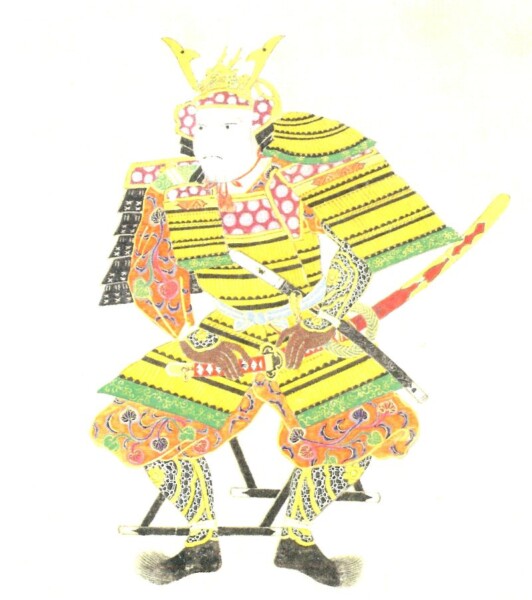
reached its peak during the Sengoku period, around the time of Nanbu Harumasa, the 24th head of the Mito Nanbu They controlled everything from the northern half of present-day Iwate Prefecture to all of Aomori Prefecture and part of Akita Prefecture, expanding their territory to such an extent that it was said to be ``southern territory until the crescent moon turns round.''
However, in 1571 (Genki 2nd year), Oura Tamenobu (later Tsugaru Tamenobu), who is , raised an army and became independent. coast).
Oura (Tsugaru) Tamenobu's skillful diplomatic maneuvers
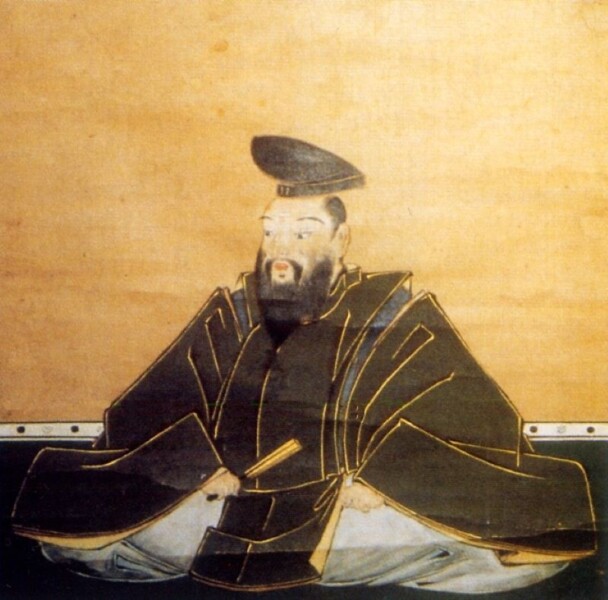
Tamenobu solidified his control over the Tsugaru region and attempted to go to Kyoto himself to show his obedience to Hideyoshi Toyotomi, but failed, but in 1589 (Tensho 17), he sent his vassals to Kyoto and was relieved of his territory by Hideyoshi, a ruler of Japan. .
Nobunao Nanbu, who succeeded Harumasa Toshiie Maeda violated the ``Sobujirei'', which prohibited Tamenobu from private wars among feudal lords. He sued Hideyoshi for stealing his territory.
At one point, there were moves to punish Tamenobu, but he had already shown obedience and had an audience with Hideyoshi before Nobunao during the Odawara conquest, so Tsugaru's territory was relieved. and was skilled at diplomatic maneuvers, such as approaching Konoe Sakihisa, who had become Hideyoshi's adoptive father, did.
By the way, when Tamenobu was adopted by Maehisa and given the name Fujiwara, he changed his surname from Oura to Tsugaru.
The Nanbu clan and the Tsugaru clan became friends like dogs and monkeys.

In the Battle of Sekigahara in 1600 (Keicho 5), both clans sided with Tokugawa Ieyasu's eastern army, and Tsugaru Tamenobu led his troops to participate in the siege of Ogaki Castle, but Nambu Nobunao remained in the country. I stayed.
However, Tamenobu's eldest son Nobutake joined the Western Army because he was a page of Toyotomi Hideyori, and like the Sanada family, Tamenobu was trying to survive. It is also said that it is because of tame. Perhaps for this reason, the number of additions to the Tsugaru clan after the war was small, but the Tokugawa shogunate relieved them of their territory and established the Hirosaki clan.
Additionally, Waga County and Hienuki County (Iwate Prefecture) were added to Nanbu Nobunao in place of the three Tsugaru counties, making it the Morioka Domain, but in reality the territory was reduced and the vassals of the Nanbu family became dissatisfied. Masu.
The feud between the two feudal domains became decisive, and continued to deepen as border disputes often occurred.
What kind of person was Daisaku Soma?
Hidenoshin's Shimotomai Masazane , and he later called himself ``Soma Daisaku'' because the Shimotomai clan was thought to be a descendant of the Soma clan, which was a descendant of Taira no Masakado. It is said that this was because the
The Shimotobe clan was a vassal of the Nambu family whose territory was Fukuoka, Mutsu Province (Ninohe City, Iwate Prefecture), and their second son, Hidenoshin, moved to Edo at the age of 17 (some say he ran away from home) and taught martial arts to the hatamoto Natsume Choemon. I studied under.
In 1808 (Bunka 5th year), Natsume was dispatched to Etorofu Island with 2,000 Sendai clan soldiers in response to Russia's attack on Ezochi, but Hidenoshin was entrusted to the dojo of Natsume's master, Yukizo Hirayama. I have become a substitute teacher.
Hidenoshin feels a growing sense of crisis over Russia's acts of aggression
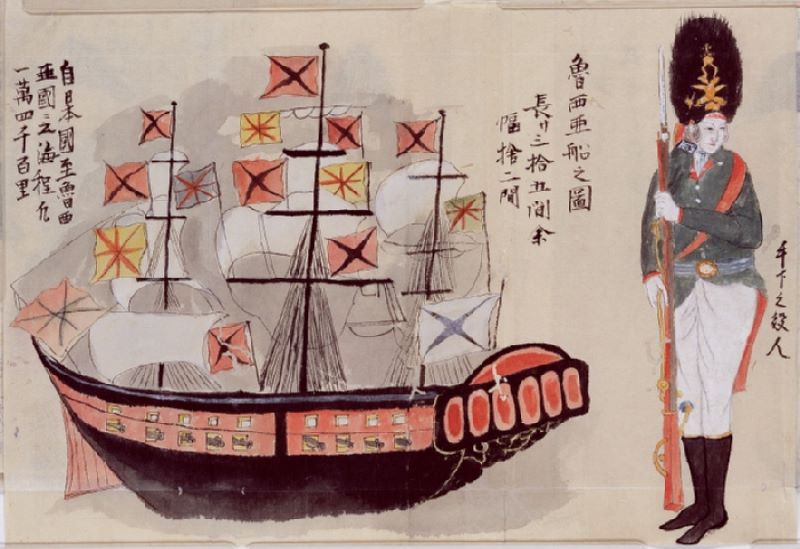
When Natsume Choemon returned from Ezo, he told Hidenoshin about the actual situation there. Hidenoshin learned from Natsume that all the Japanese soldiers had outdated equipment and inadequate training, and had no choice but to watch the Russian army attack, and he realized the importance of guarding the north. It has been.
In 1818 (the first year of the Bunsei era), due to his father's illness, Hidenoshin returned to Morioka and opened Seiheikaku, Ta.
It is said that he had as many as 200 disciples, and a lecture hall, demonstration hall, riding ground, and water training ground were built, and Hidenoshin is said to have preached to his disciples, ``We must protect Japan from Russian invasion,'' and toured the Ezo area. Masu.
Heiseikaku Enbu Hall Ruins<Information>
- Name: Heiseikaku Enbu Hall Ruins
- Location: 95 Kindaichi Shindano, Ninohe City, Iwate Prefecture
Google Map
The Hirosaki domain, where the status of the family was increasing, and the Morioka domain, which was in decline.
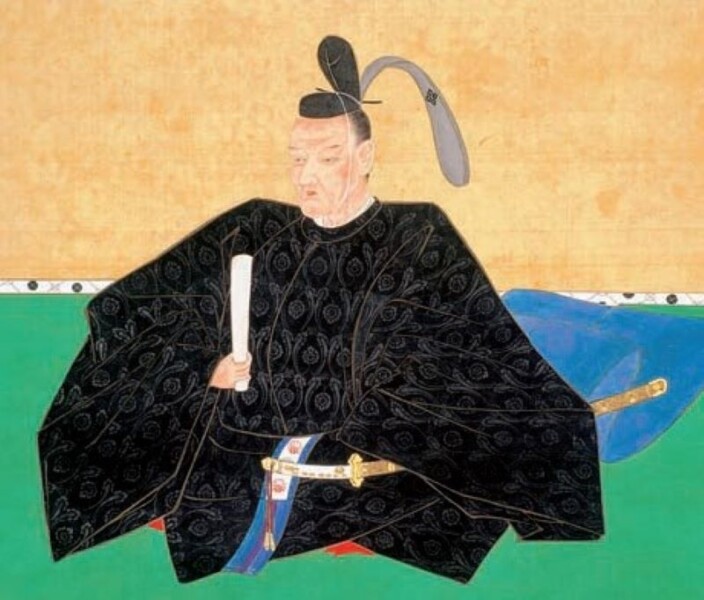
The relationship between the Tsugaru family and the Nanbu family began in 1805 when Yasuchika Tsugaru, the 9th lord of the Hirosaki domain, was appointed to the rank of Junior Fourth Rank, Junior Chamberlain, and the 10th lord of the Morioka domain, Nanbu. Because Toshitaka Nanbutaka was of the same rank, the family rank is the same.

Toshitaka aimed to advance his family status by offering part of the southern territory to the shogunate in order to defend Ezo, but things got complicated and the shogunate was displeased, and the family gap with the Tsugaru family was not bridged. yeah.
Toshitaka died at the age of 39 in 1820 and was succeeded by Toshimochi, but because he was young and had no rank, the position of the Nanbu family in Edo Castle further declined. . The retainers of the Morioka clan became dissatisfied with the fact that the Tsugaru clan, which had been their vassals, was given a higher status, and Toshitaka's early death was said to have been caused by long-standing resentment towards the Tsugaru clan.
Regarding the progress of the Daisaku Soma incident
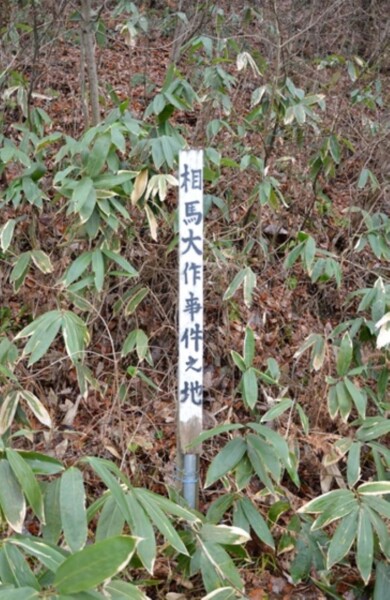
Unable to bear their dissatisfaction with the Tsugaru family, Hidenoshin and other retainers of the Morioka clan sent Yasuchika a ``letter of honor'' requesting him to resign and retire, and if their request was not met, they would ``send to report their regretful grudge.'' He hinted at assassination.
However, his request was ignored, and in 1821 (Bunsei 4), Hidenoshin planned to attack Tsugaru Yasuchika near Shirasawa Station (Odate City, Akita Prefecture) in the territory of the Akita Domain. Masu.

Hidenoshin and other Morioka feudal retainers prepared handmade cannons and guns and waited, but due to a tip from his companion, Yasichika returned to Japan via a different route, and the attack ended in failure.
Hidenoshin's departure
Hidenoshin ran away from the Morioka domain with his wife and children and went to Edo, changing his name to Daisaku Soma, but was captured and beheaded the following year in August 1822. At Myoenji Temple in Honjo Azumabashi, Tokyo, a head mound remains because the chief priest at the time was Hidenoshin's uncle.
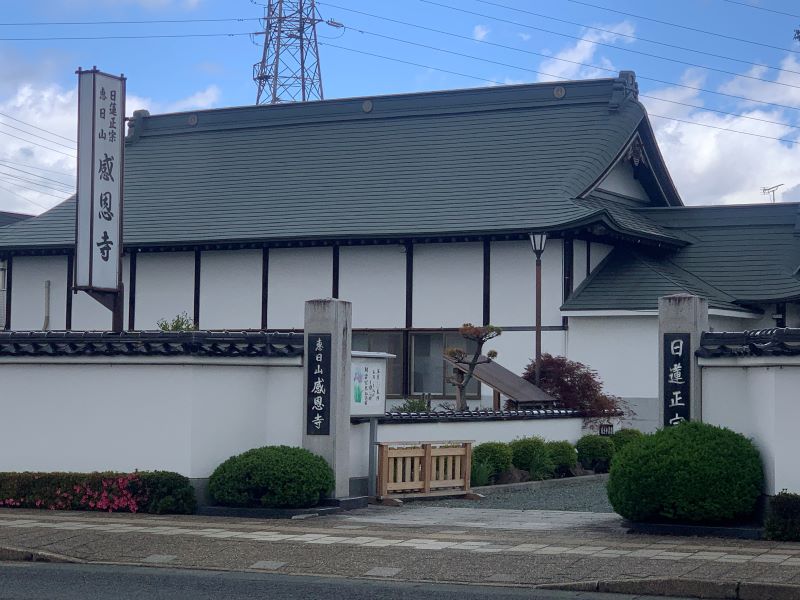
Kan'onji Temple was built in Morioka in October 1852 as a memorial service for Hidenoshin, and Hidenoshin's son became the first chief priest, and a stone monument was erected in the precincts to honor Hidenoshin. .
Daisaku Soma Incident Historical Site <Information>
- Name: Historical site of the Daisaku Soma incident
- Location: Bridge girder, Odate City, Akita Prefecture
- URL: Odate Local Museum official website
Google Map
Kangeonji Temple<Information>
- Name: Nichiren Shoshu Ebizan Kan'onji Temple
- Location: 1-22-79 Minamisenboku, Morioka City, Iwate Prefecture
- Phone number: 019-636-0549
- URL: Kangeonji official website
Google Map
Nanbu domain and Hirosaki domain after the incident
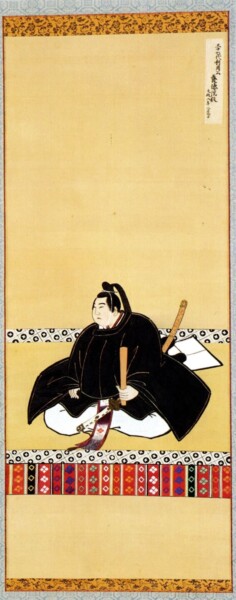
In December 1812 (Bunsei 4), when the incident occurred, Nambu Usagi was appointed Junior Fourth Rank, Lower Daizen Daifu, and was finally placed on par with Tsugaru Yasuchika. On the other hand, Yasuchika Tsugaru was said to have fallen ill after returning from the attempted attack and retired several years later, and as a result, Hidenoshin and his group's goal was achieved.
summary
Daisaku Soma was executed as the ringleader of the attack on the lord of the Hirosaki domain, but his actions full of enthusiasm and compassion against the Russian invasion impressed many people in future generations. Fujita Toko, who preached the theory of respecting the Emperor and banishing foreigners in the Mito domain at the end of the Edo period, praised him, and Yoshida Shoin of the Choshu domain wrote a poem to admire Hidenoshin.
Through subsequent research, it has been suggested that Hidenoshin's true intention was not only to be loyal to the Nanbu family, but also to encourage Tsugaru and the Nanbu to reconcile and work together to protect the north.


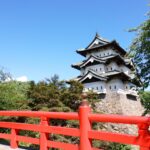
![The specialty of Genbikei, "Flying Dango," is definitely worth a visit! Delicious activities! [Ichinoseki City, Iwate Prefecture] Genbikei bus stop](https://jp.neft.asia/wp-content/uploads/2017/04/IMG_5931-150x150.jpg)
![Bottle Don is the definitive Sanriku souvenir that looks delicious! [Iwate Prefecture] Bottle don (abalone, scallop, salmon roe)](https://jp.neft.asia/wp-content/uploads/2023/06/IMG_5048-150x150.jpg)
![Ryusen-no-no-no-no-no-no-no-no-no-no-no-no-no-no-no-no-no-no-no-no-no-no-no-no-no-no-no-no-no-no-no-no-no-no-no-no-no-no-no-no-no-no-no-no-no-no-no-no-no-no-no-no-no-no-no-no-no-no-no-no-no-no-no-no-no-no-no-no-no-no-no-no-no-no-no-no-no-no-no-no-no-no-no-no-no-no-no-no-no-no-no-no-no-no-no-no-no-no-no-no-no-no-no-no-no-no-no-no-no-no-no-no-no-no-no-no-no-no-no-no-no-no-no-no-no-no-no-no-no-no-no-no-no-no-no-no-no-no-no-no-no-no-no-no-no-no-no-no-no-no-no-no-no-no-no-no-no-no-no-no-no-no-no-no-no-no-no-no-no-no-no-no-no-no-no-no-no-no-no-no-no-no-no-no-no-no-no-no-no-no-no-no-no-no-no-no-no-no-no-no-no-no-no-no-no-no-no-no-no-no-no-no-no-no-no-no-no-no-no-no-no-no-no-no-no-no-no-no-no-no-no-no-no-no-no-no-no-no-no-no-no-no-no-no-no-no-no-no-no-no-no-no-no-no- [Iwate Prefecture] Ryusendo Cave (first underground lake)](https://jp.neft.asia/wp-content/uploads/2023/07/PXL_20230512_052246926.NIGHT_-150x150.jpg)
![[Series ②: The role of the previous nine years and the role of the second three years] The role of the previous nine years is from the truce to the battle again, and the Kokufu army is struggling Taga Castle Ruins](https://jp.neft.asia/wp-content/uploads/2023/11/a0b8b1213124e7a13c7308fa81e053a2-150x150.jpg)
![[Iwate Prefecture] Soft-serve ice cream with sake, miso and wasabi flavor! Why are the soft serve ice cream eaten at roadside stations so delicious? There's also school lunches! Iwate Prefecture Catch](https://jp.neft.asia/wp-content/uploads/2025/06/915fd0ce722ab0f21e74864401170847-150x150.jpg)
![Tateishi-ji Temple, a corner of the four temple corridors, including Chuson-ji Temple, Mokoshi-ji Temple, and Zuigan-ji Temple [Yamagata Prefecture] Yamadera Risshakuji Temple](https://jp.neft.asia/wp-content/uploads/2016/09/26668581_m-150x150.jpg)

